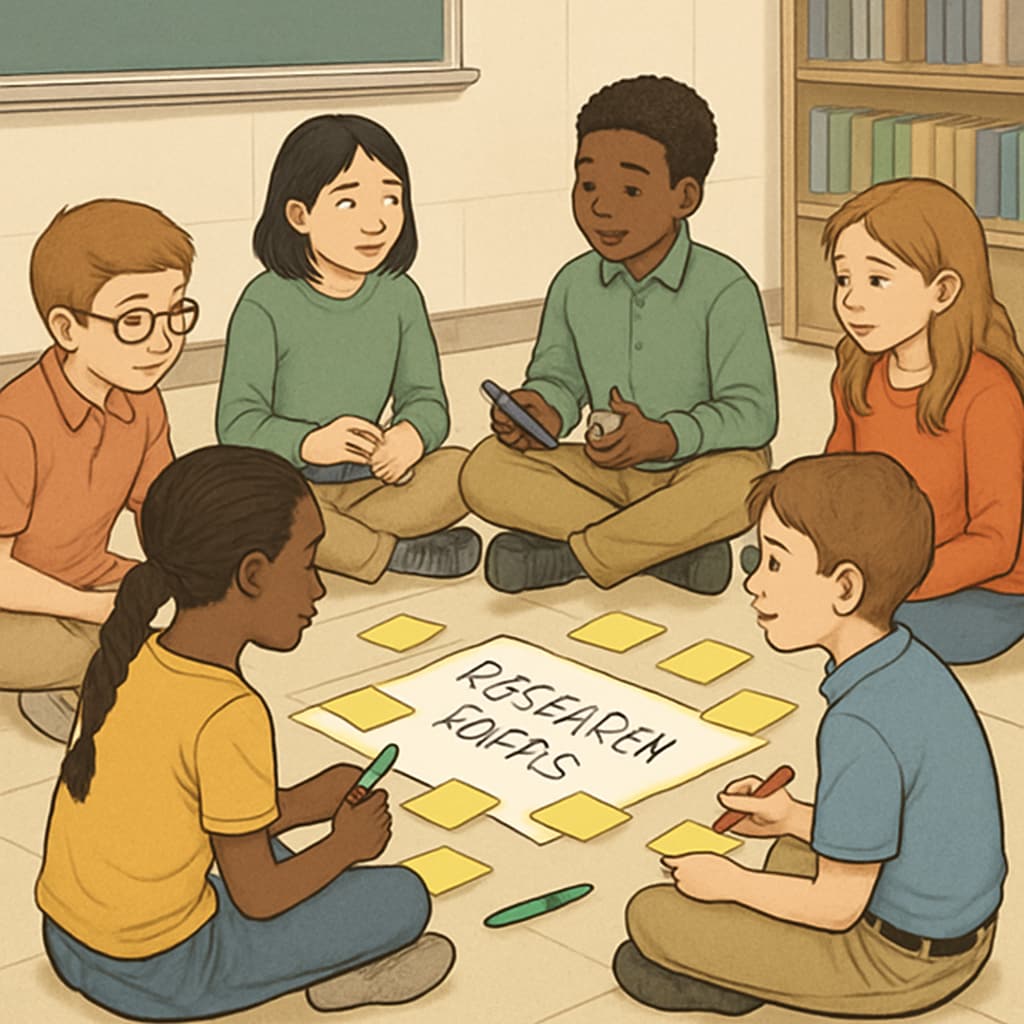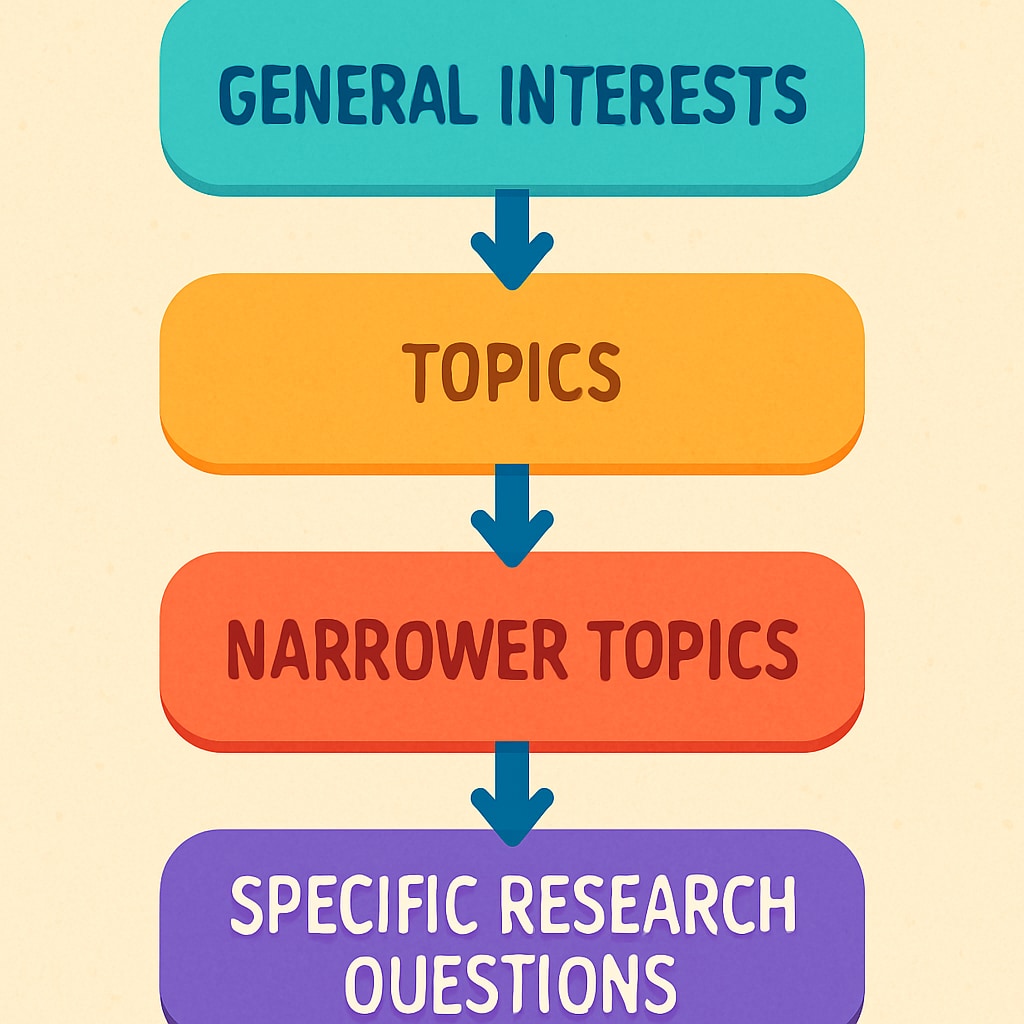Helping students formulate research questions is a foundational skill in K12 education. Research questions, when crafted effectively, guide inquiry and foster critical thinking. This article provides educators and mentors with a structured approach to assist students in developing meaningful and feasible research questions.

Why Research Questions Matter in Student Learning
High-quality research questions serve several important purposes in student development:
- They focus student inquiry and prevent aimless exploration
- They help students develop analytical and problem-solving skills
- They encourage deeper engagement with subject matter
- They teach students to distinguish between broad topics and specific questions
According to Wikipedia’s article on inquiry-based learning, well-formulated questions are the cornerstone of effective research projects.
The Four-Step Framework for Question Development
This proven method helps students transform their interests into researchable inquiries:
- Identify Interests: Start with broad subject areas that spark curiosity
- Explore Background: Conduct preliminary research to understand context
- Narrow Focus: Shift from general topics to specific aspects
- Formulate Questions: Craft clear, open-ended research questions

Characteristics of Effective Student Research Questions
Not all questions are equally valuable for research. Effective inquiries should be:
- Clear and specific enough to guide investigation
- Complex enough to require analysis rather than simple answers
- Feasible given available resources and time
- Relevant to the student’s learning objectives
The Encyclopedia Britannica’s research overview emphasizes the importance of well-defined questions in academic investigations.
Common Challenges and Solutions
Students often struggle with question formulation. Here are frequent issues and how to address them:
- Too Broad: Help students identify specific aspects of large topics
- Too Simple: Encourage questions that require deeper exploration
- Unresearchable: Guide students toward questions with available data sources
- Biased: Teach students to frame neutral, objective questions
Readability guidance: Use short paragraphs and lists to summarize key points; include transition words between ideas; maintain active voice for clearer instruction.


